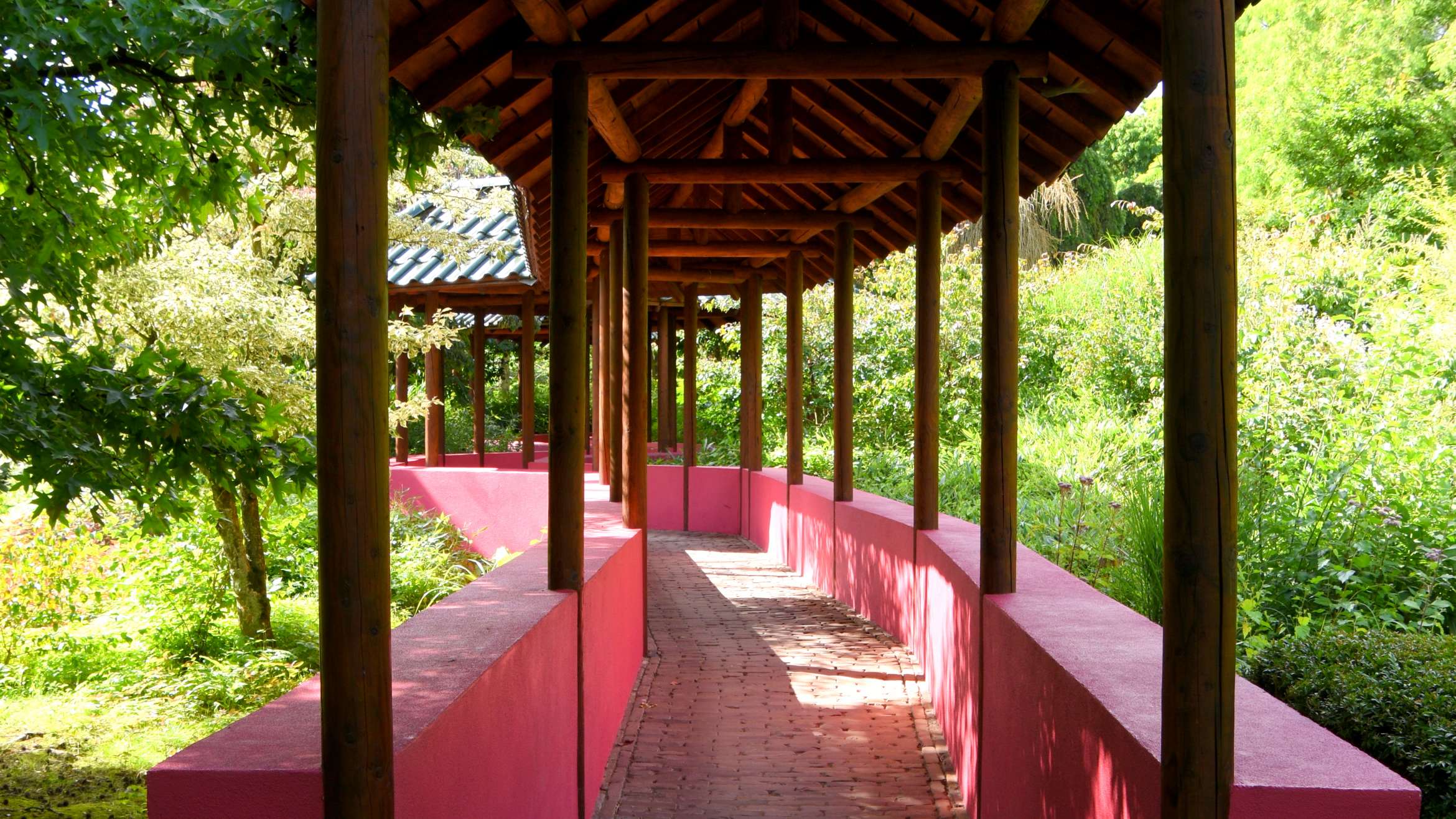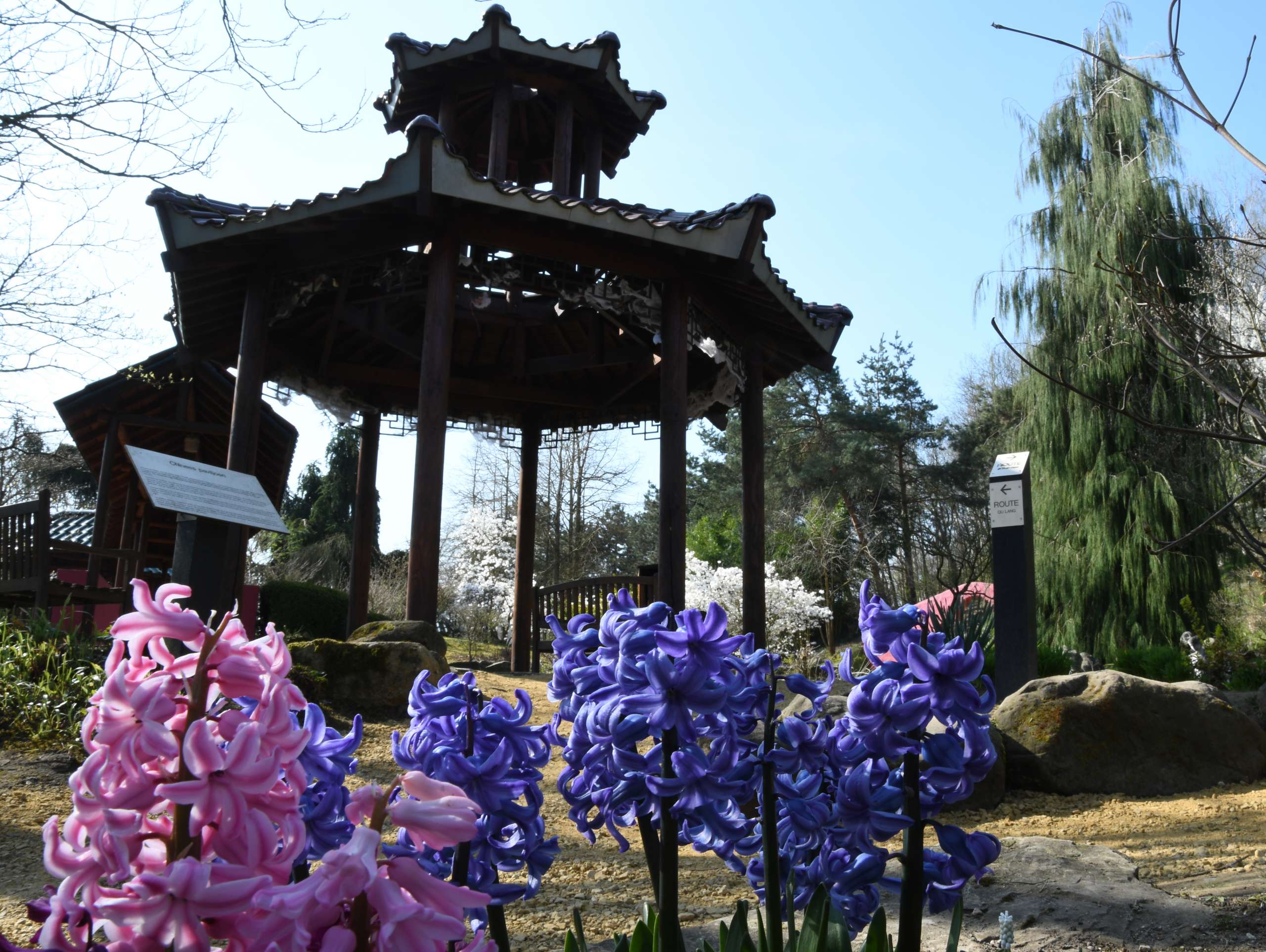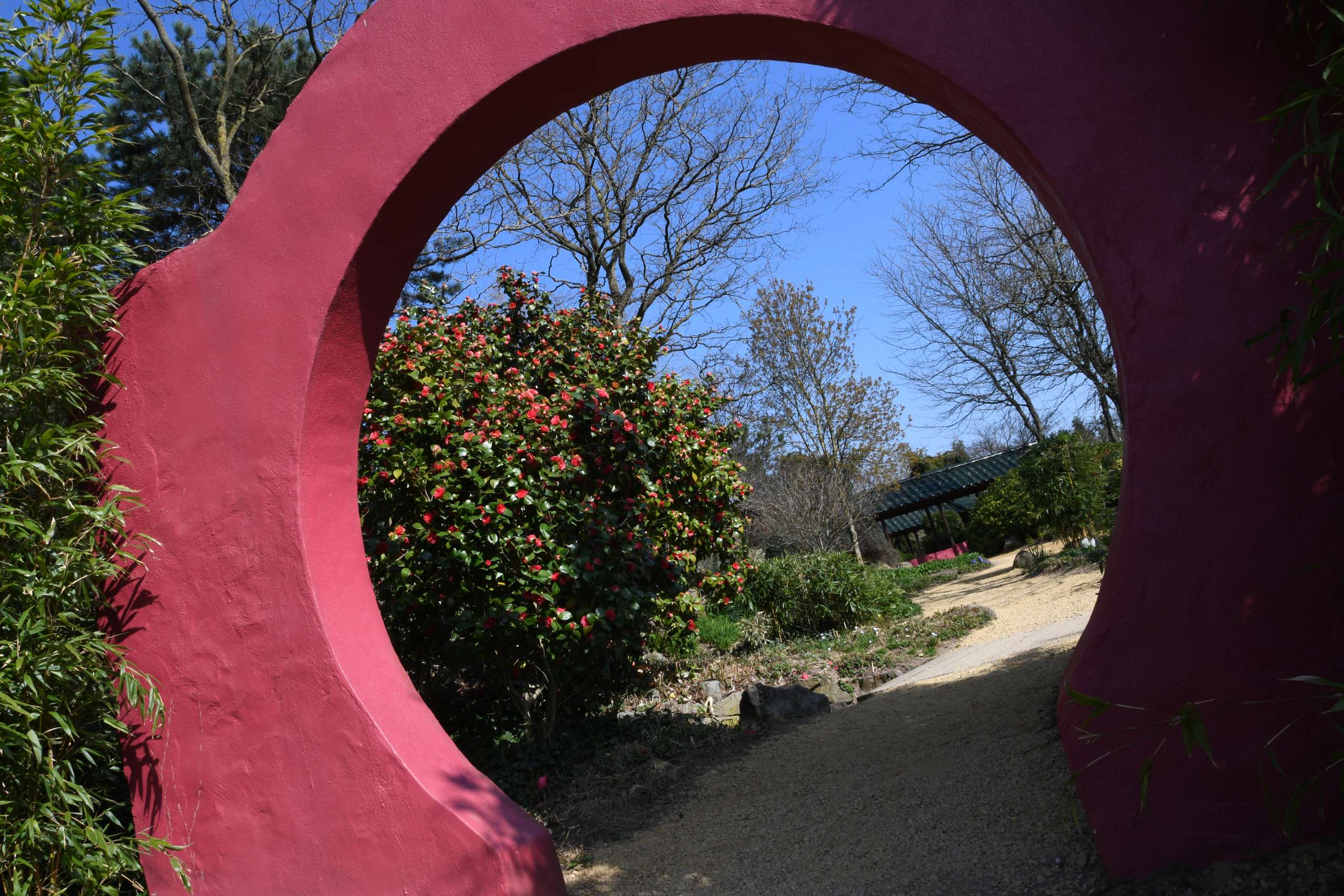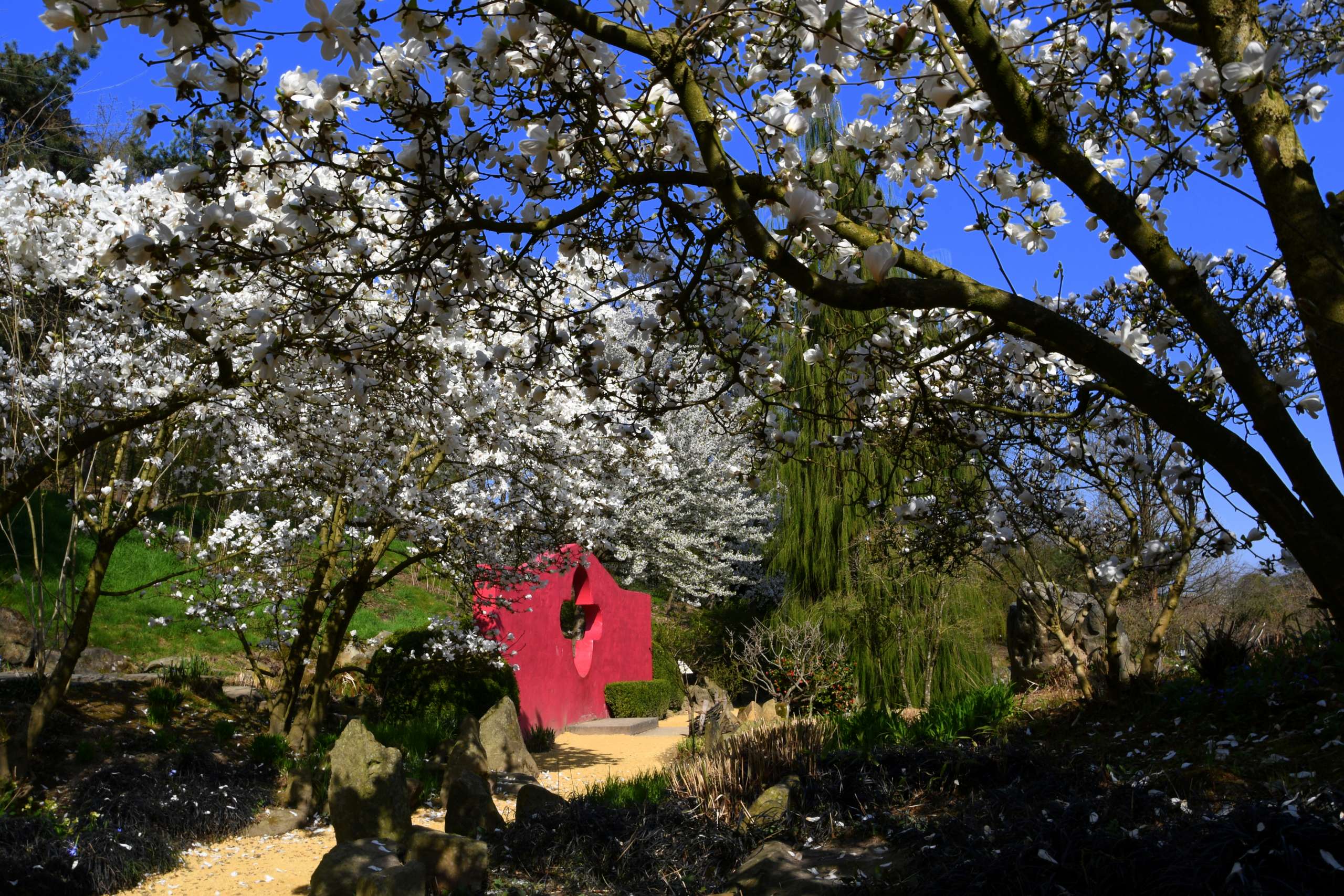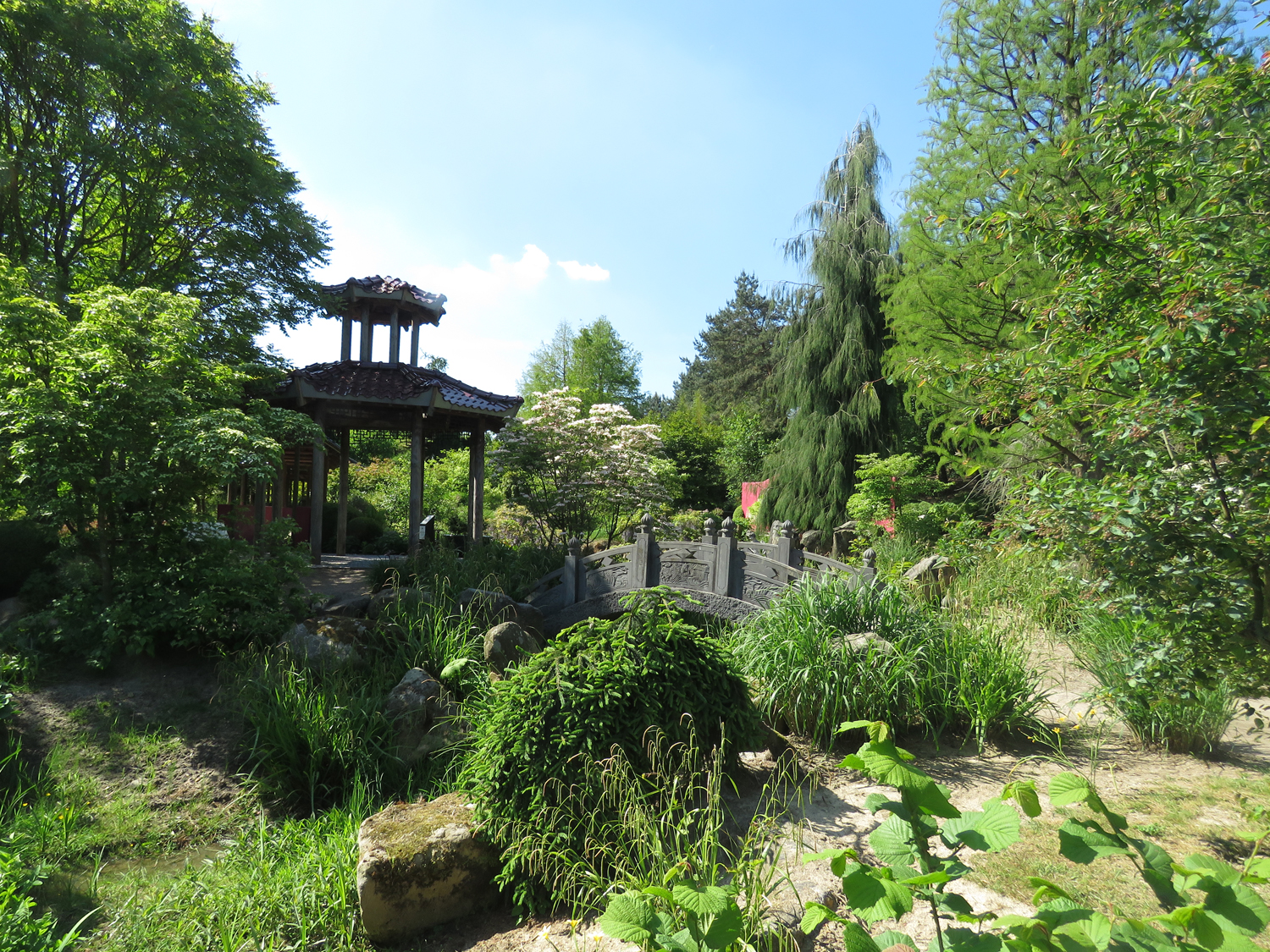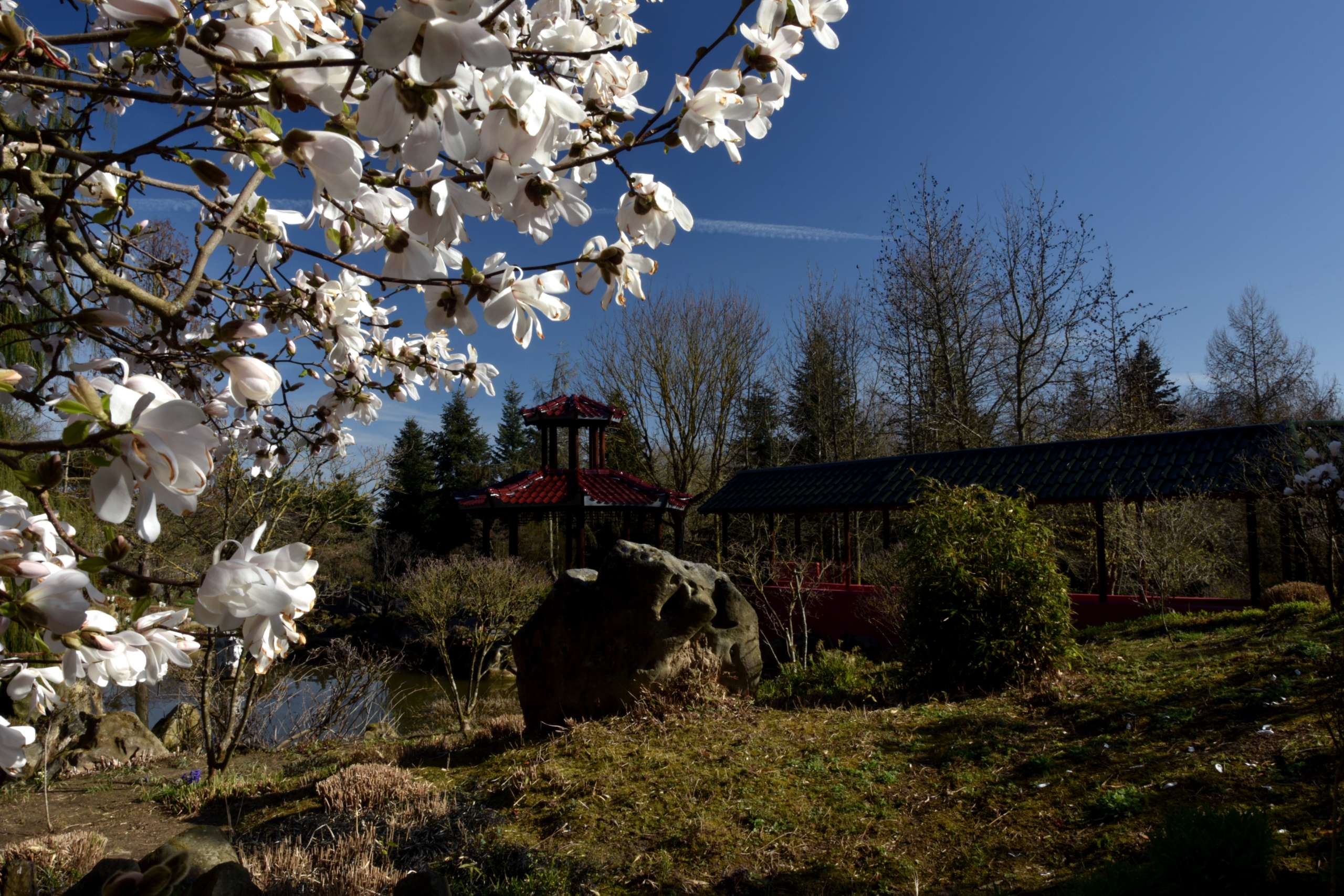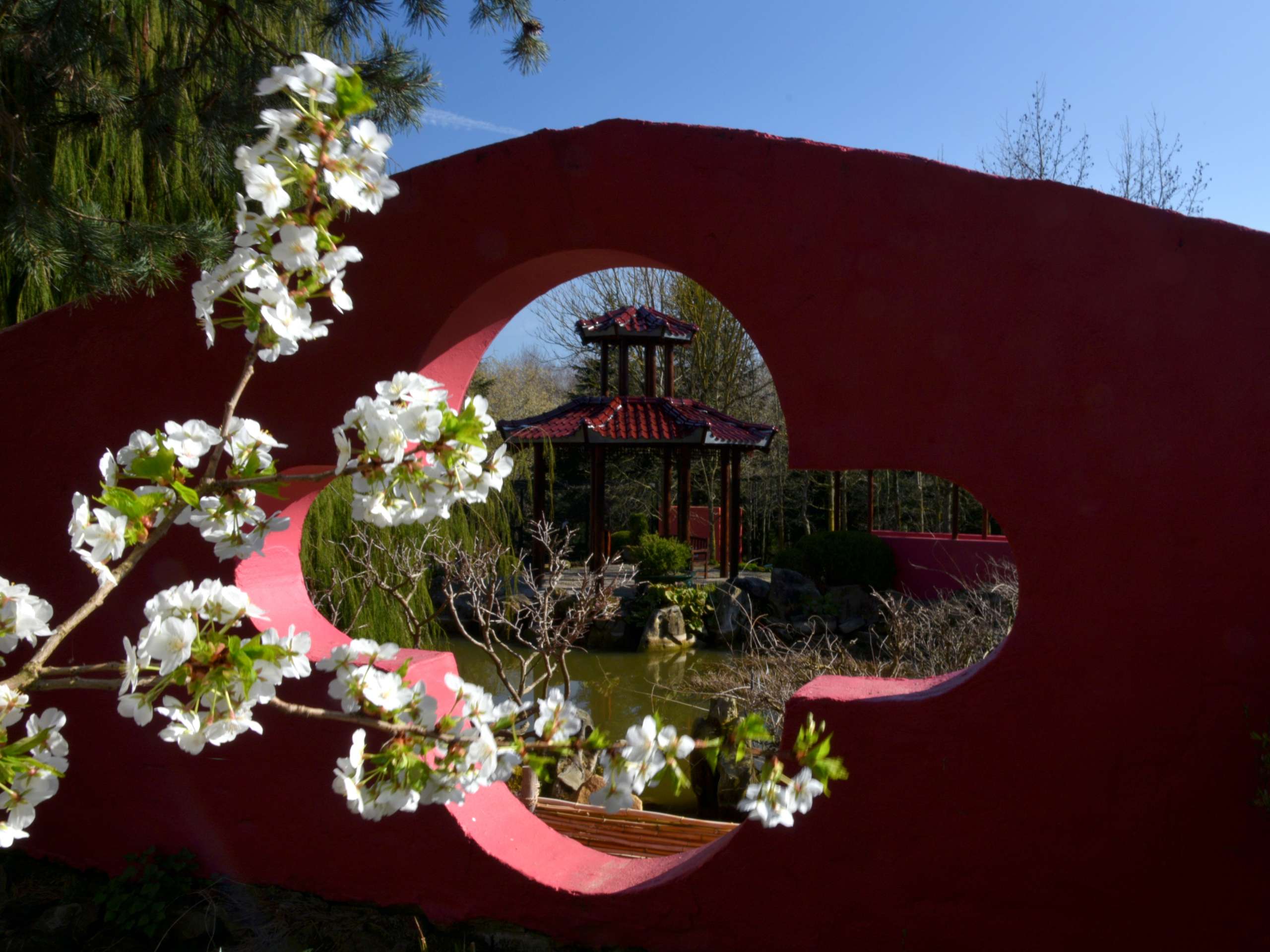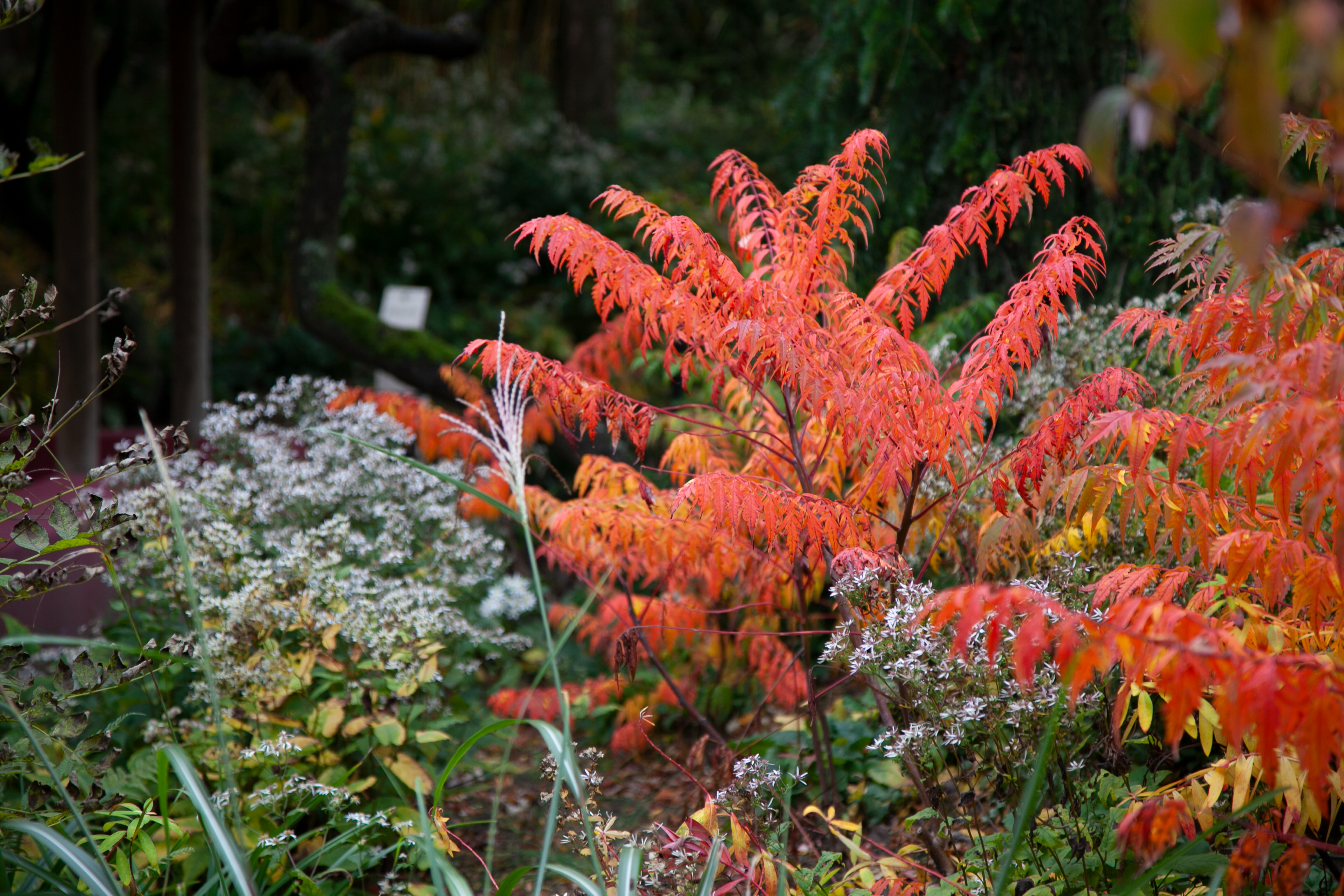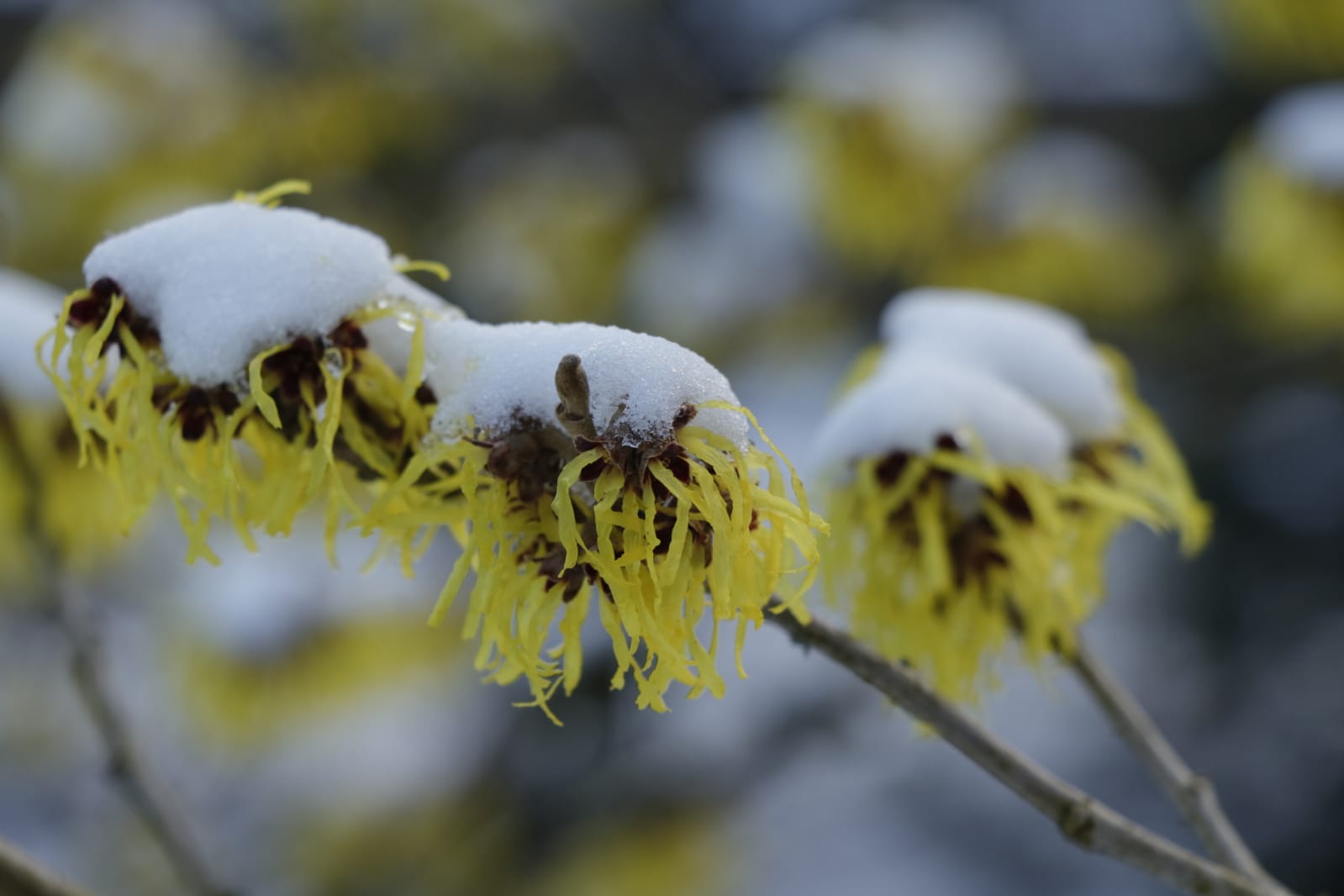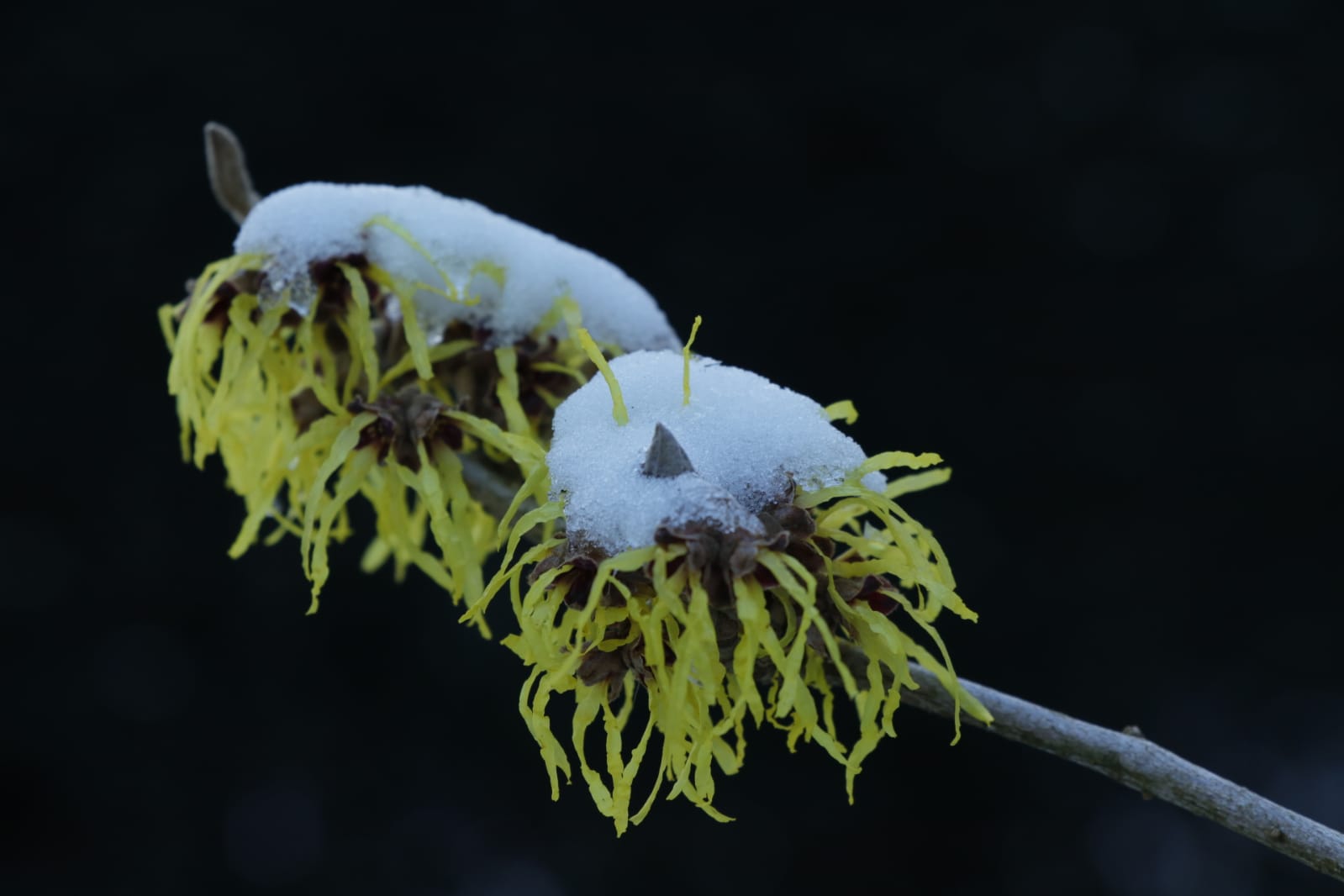China
China, a land of yin and yang
Feel like crossing off a wonder of the world on your bucket list? With a walk on the Great Wall of China in Mondo Verde, you will experience the peace and tranquility that the Great Wall of China has to offer. Stunning views guaranteed! Not only is China characterized by beautiful curiosities, rich culture and history, amazing nature, but also known as the country with the most inhabitants. As many as 1.4 billion!
Great Wall of China
The most famous landmark of China, the Great Wall of China. This structure has a length of over 6,000 kilometers. Mondo Verde has built an imitation of the Great Wall of China. Partly to show visitors the grandeur of this majestic structure. Secondly, to uniquely allow visitors to experience the profound relationship between a majestic structure and the surrounding nature. The angular lines of the Great Wall of China symbolize the landscape elements around, which the Great Wall of China was built. The angular lines of the Great Wall of China symbolize how the real wall was built around landscape elements. The applied canopy refers to the original watchtowers of the Great Wall of China.
a Ting
To emphasize the Chinese culture even more, Mondo Verde also created a simple Ting, or summer pavilion. While designing this Ting, the famous French garden artist Prince de Ligne shared the following advice with us, “Don’t make the Ting too Chinese, this makes it come out as artificial and far-fetched. It is better to build an ordinary building and give it a few oriental touches. The result then looks much better. After all, extreme care must be taken for a pagoda so that it does not stand out too brightly but harmonizes with its surroundings.” Mondo Verde followed this wise advice and thus a beautiful pagoda was created.
Dong men
While walking through the Chinese Garden, you will also come across Dong men (moon gates). These red walls with large round or oval holes have multiple functions. First, they serve as a gateway to the garden. They also have a very important function concerning the artistic composition of the garden. Indeed, they allow the outsider to see the elements (ponds, bridges, trees, pavilions, etc.) through a kind of photographic frame. Moreover, their perfect shape balances the (whimsical) natural elements of the garden with its architecture. Finally, the Dong men allow you to see the moonlight falling into the garden in an extraordinary way.
Yin and Yang
In a Chinese garden, the trees and plants have secondary importance. Chinese select them for their colors and shapes, but also to harmonize their symbolic value with the location. In a Chinese garden, rocks have a more important function as for their location. The garden should reflect harmony through yin and yang. The paths, streams, ponds, pavilions … all reflect the balance between yin and yang. Indeed, yin portrays itself with a watery element (feminine). Yang represents the solid rock (male).
China, a variety of flora
Flowering dogwood
Flowering dogwood (Cornus florida) is native to the eastern part of the United States. This plant species belongs to the family Cornaceae. At first, this tree species looks like a small deciduous tree, but over the years, it grows into a shrub of 2.5 meters tall. At first the shrub will form compactly, but later it will be broadly stretched and stand off.
Rich blooms appear in May to June. You will see white-green flower spikes with 4 large white or pink bracts ending in a white tip. In late summer, the leaves droop, giving the impression that the plant has a disease. With this, the plant merely signals the approach of autumn. During autumn, the leaves of this plant turn scarlet and deep purple.
The whole year, this shrub looks beautiful. The first show, you want to see as a visitor takes place in May and June. You will find the actual flower of this plant as the little green ball in the middle. This little flower grows horizontally, which is, on the stem. But this one is not so noticeable. The large pinkish-red bracts attract attention. This usually remains for 5 to 6 weeks. After flowering, there comes a lot of fruit. For this, of course, the sun must shine. The raspberry-like fruitsturn purple-red and remain on the plant until autumn. In autumn, Mondo Verde recommends taking another look at the Japanese dogwood. The leaves then color spectacularly from orange red to wine-red.
This species of tree has very soft branches. Almost as soft as velvet. This is because all the little hairs cover the branches. In summer, the tree turns completely green with extraordinary, beautiful leaves. The flowers that bloom, have a size of 10 to 20 centimeters. These flowers look like candle-like panicles and turn bright green at first. During autumn, both the leaves and flowers turn dark red.
During your visit to Mondo Verde, you will see the female Staghorn sumac. Only the female species has candle-like plumes or torch forms (the flowers). The male Staghorn sumac has male flowers in the form of a thinner plume.
Chinese witch hazel
This medium-sized shrub is native to central and eastern China. It grows approximately to a height of 3 meters. Chinese witch hazel (Hamamelis mollis) grows upright with a regular, vase-shaped crown.
The leaves turn dark green and have an oval, broadly elliptical shape with a hairy underside. Chinese witch hazel blooms from December to March. Normally the leaves turn yellow orangish, but in Mondo Verde there is a very special specimen that turns red. Around February and March, sulfur yellow strip-like flowers with a dark spot on the plant bloom. These hang at the bottom of the branches. These flowers also have an aromatic fragrance.


